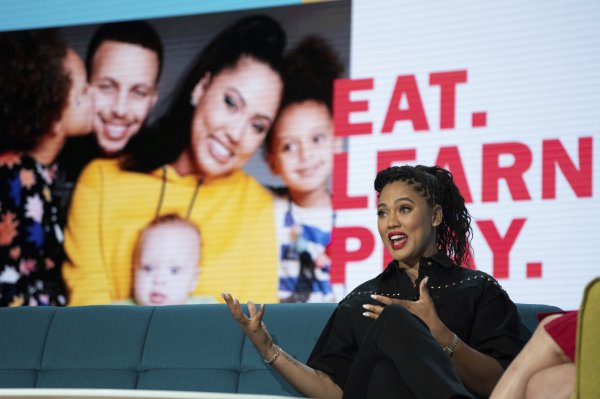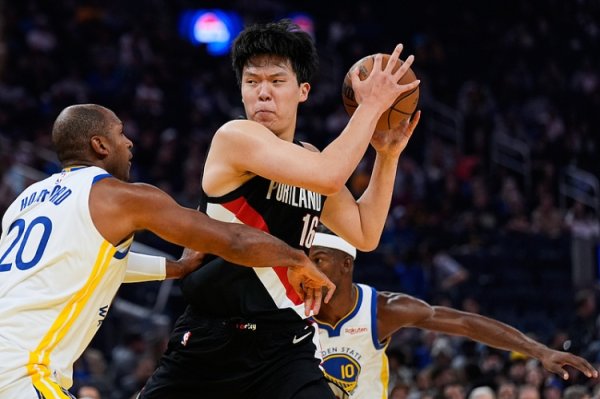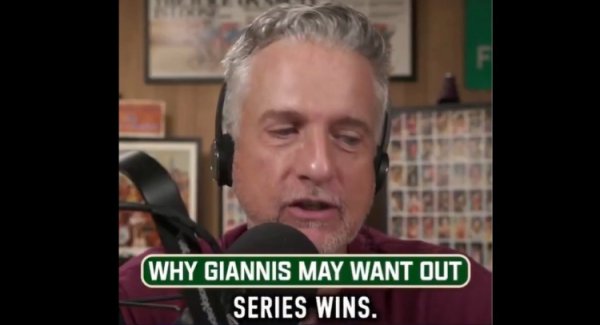Tatum is injured and the Celtics faces a variety of options: maintain the status quo? Send White away? Deal Jaylen?
Will the Boston Celtics usher in a transitional season after Jason Tatum is injured? Or will there be a big deal happening this summer? Brad Stevens has many options.
Two days after the Boston Celtics' dying game five ended, their journey of the season came to an end in a ruthless, 38-point defeat to the New York Knicks. As the Celtics players watched the widening gap on the scoreboard, they naturally wondered how unexpected the scene was. The Celtics were an absolute favorite to defend the champions early in the season, but ended up losing in a miserable and shocking way in the second round of the playoffs.
How frustrating Jason Tatum's Achilles tendon injury is for the Celtics and the NBA as a whole, there have been countless articles reporting on this. But Tatum's injury is not just a tragic story, it is also a turning point in the history of the Celtics.
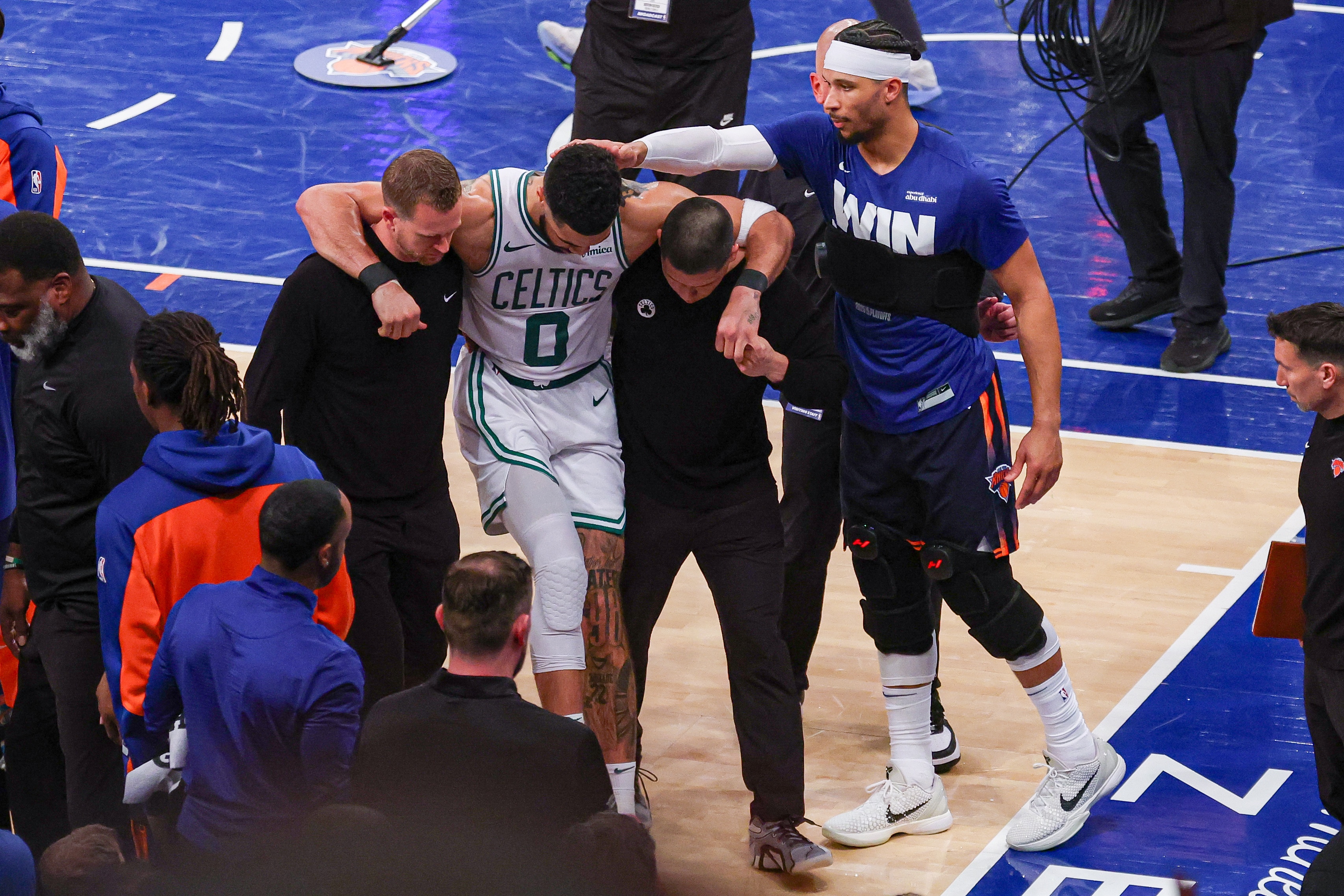
Tatum underwent repair surgery for a ruptured right Achilles tendon last week and there is no return schedule yet, but players who have experienced similar procedures usually need to be absent for a year. How the team's management and operations respond in the next 12 months will determine whether the Celtics can build a dynasty after traumatic setbacks, or whether their years of championship windows slammed and closed.
Wounded or not, the Celtics have long realized the financial burden they will face this summer. Unless the Celtics cut their wages, a historic level luxury tax bill is awaiting them, and Tatum's injury is likely to put the team out of the championship battle for the next season.
So, this is the tightrope walking situation facing the Celtics. While cutting wages, how should the Celtics prepare for Tatum to re-enter the competition after his return? How long will it take for them to compete for Larry O'Brien Cup again?
This is perhaps the most severe test that Celtics president of basketball operations Brad Stevens has faced so far. Stevens once built a championship lineup, and now he has to build another one. The mission is unique, but Stevens has a lot of doors to choose from. Here are the options you can make, but each door is more risky than the previous one.
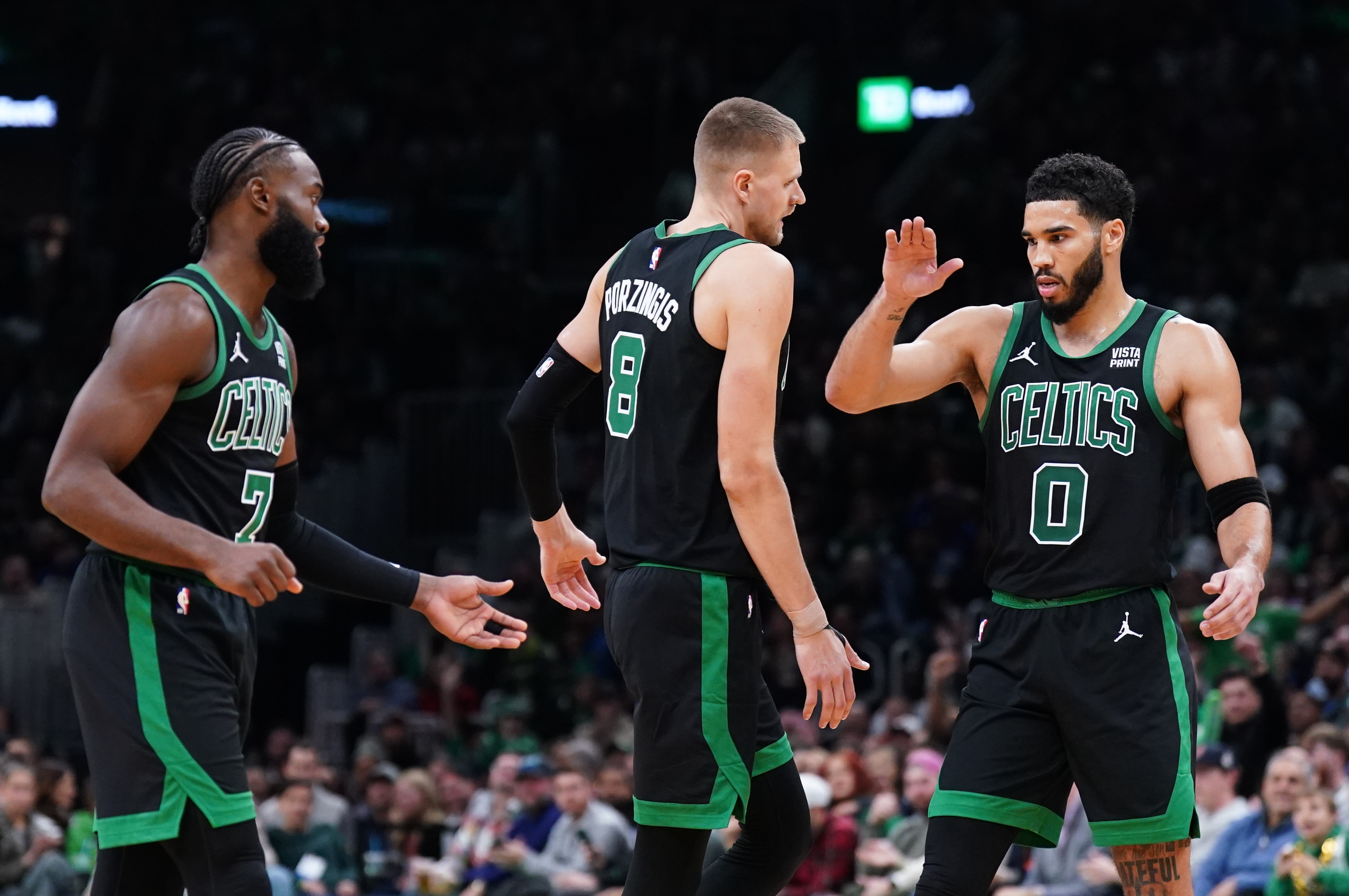
First Door: Maintain the status quo
In other words, stick to the original plan and keep the salary below the second luxury tax line.
The Celtics have prepared for ease of salary cap pressure and trade at least one of the four highest-paid players around Tatum (Jaylen Brown, Christapus Porzingis, Ju Holiday and Derek White).
The Celtics are expected to pay just 11 players next season, which will exceed the luxury tax line by $40 million and exceed the second luxury tax line by about $24 million. Trading any of the four players above, while only getting a minimum salary, can keep the Celtics below the second luxury tax line, but they will still be a team that needs to pay a luxury tax.
The Celtics can finish next season and see what Brown can perform as the number one choice and whether Payton Prichard can make a leap. Maybe the Celtics hope Tatum will make a comeback in the playoffs next season, but that hope is slim and there is a risk of a hasty comeback from a serious injury.
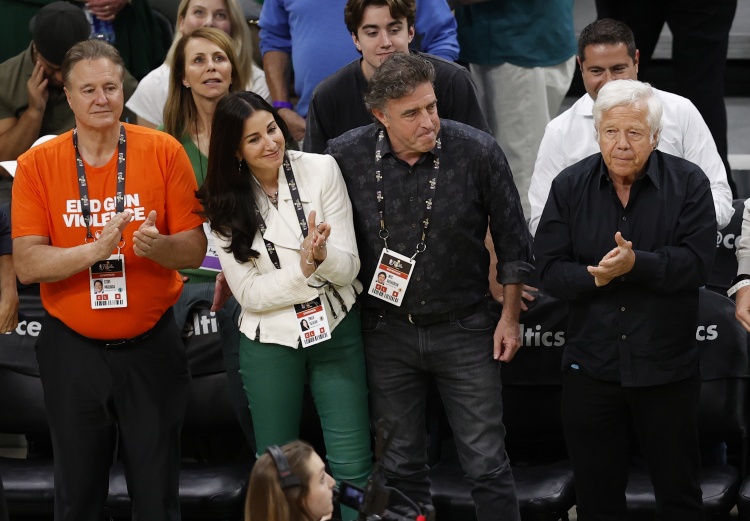
If the team boss approves, the Celtics can still go this path. (The ownership of the team is transitioning to Bill Chisholm, but Wyke Grosbeck is expected to remain in power until 2028.) However, for a team that fails to break through the second round of the playoffs, will lose its best player in the 2025-26 season, and needs to pay a continuous luxury tax bill, it seems irresponsible to pay even a reduced luxury tax bill.
If the Celtics' total salary exceeds the luxury tax line next season, they will have to pay the high penalty from consecutive luxury taxes. Meanwhile, keeping the total salary below the luxury tax line for two consecutive years can allow the Celtics to avoid continuous luxury tax payments by 2030, and provide management with the flexibility they need to reopen the championship window when Tatum returns.
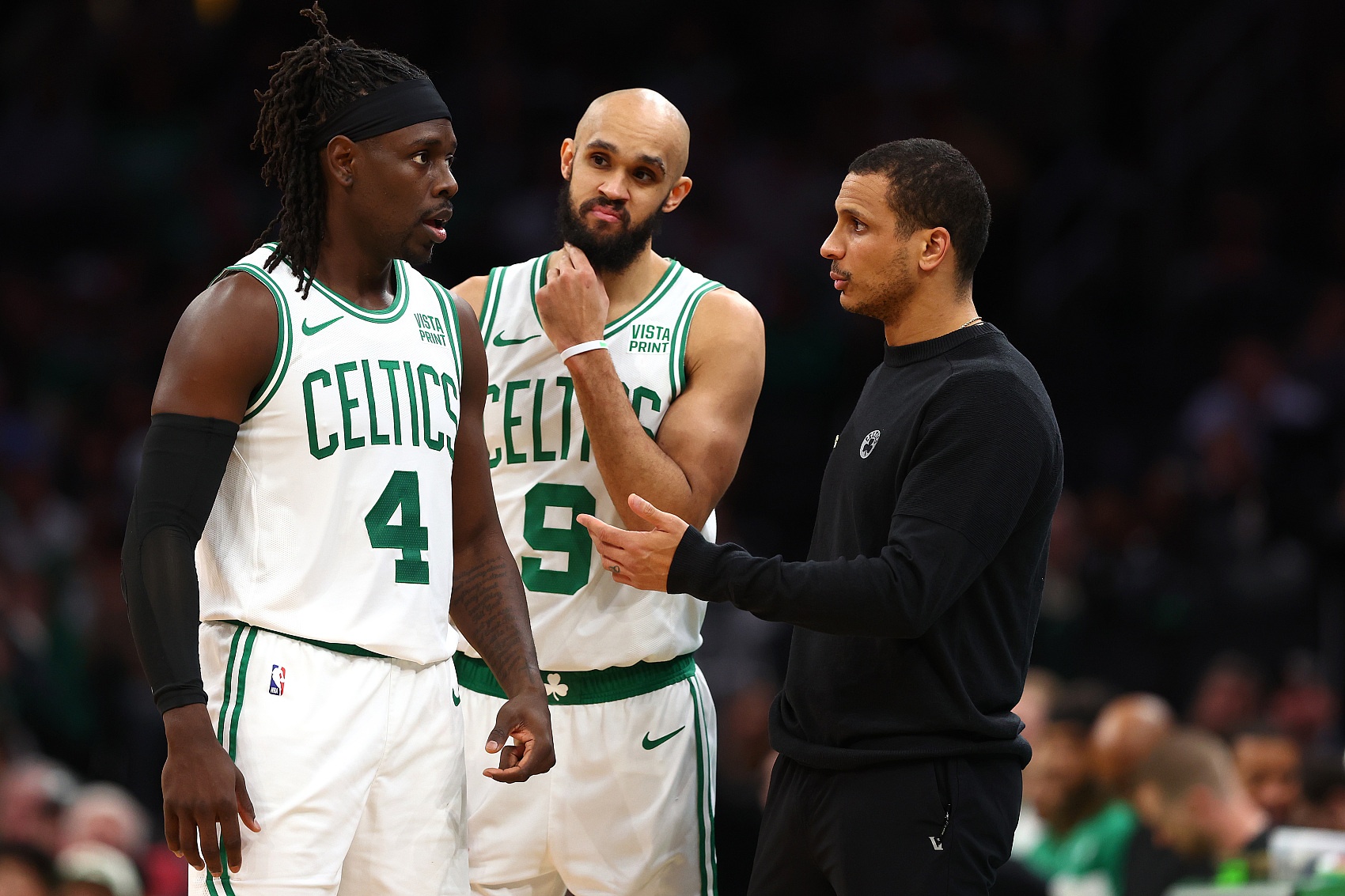
Second Door: A transitional season, Tatum's injury could make the Celtics' summer woes easier and provide the team owner with the screen needed to cut wages drastically and avoid luxury taxes altogether while retaining Tatum and Brown's core roster.
To do this, the Celtics need to cut $40 million in salary, plus any fees needed to fill roster vacancy and stay below the luxury tax line. Choosing this door means leaving Brown behind and trading two of the Porzingis Holiday White trio instead of one. (Sharpshooter Sam Hauser, who signed a four-year, $45 million contract last summer, could also fall victim to the loss.)
If the Celtics accept the fact that they can’t compete for the championship in 2026, they can use this season to tap available talents from cheap players in the G League and free agent markets, while developing potential rookies Baylor Sherman, Jordan Walsh and Nimias Kota into rotational players.
But this road is more difficult than it sounds. Porzingis, considering his age and his unstable health history, will be difficult to trade out. Everyone likes Ju Holiday, but since he is about to turn 35, teams won't really rush to pay him more than $100 million in the next three seasons. The Celtics will have to add some extra headlines to convince other teams to take over these veterans, and not many teams have enough cap space to achieve this. Stevens has three tradeable future first-round picks (including the 28th overall pick in June), but he may need to send them all away.
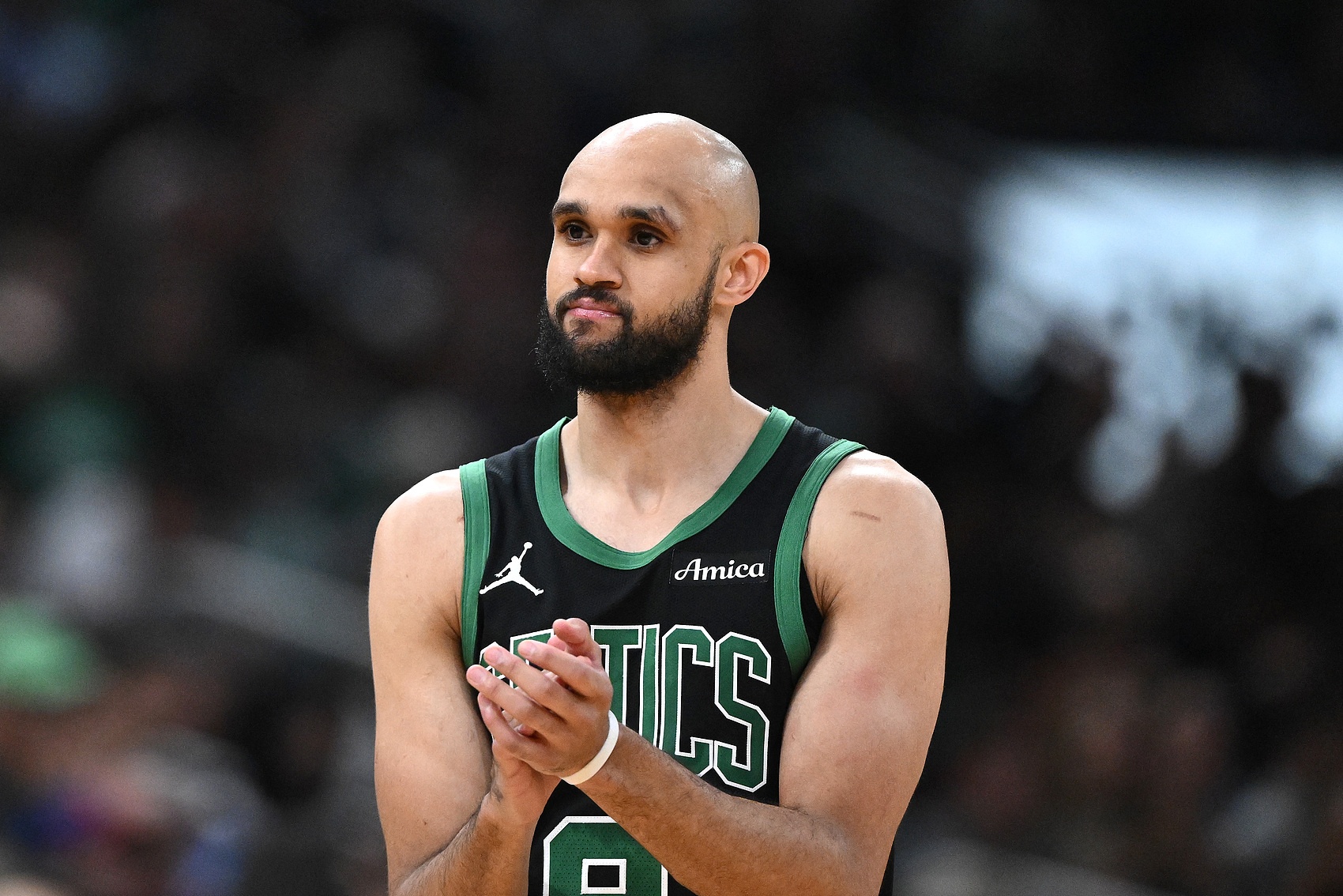
The third door: the compromise solution
Another option is to trade White. Twenty-nine teams will be happy with White appearing in their roster, and the Celtics may be able to exchange for something valuable.
White is the closest to the core players outside of Tatum and Brown, especially with Tatum being out. The Celtics still need to get rid of another salary, and the deal White could keep the Celtics window closed for more than a season.
But Stevens got White through a trade three years ago and cleverly beat the rest of the league. Can he do this again by finding the next White?
White is 30 years old, two years older than Brown and four years older than Tatum. White's age doesn't affect the Celtics timeline right now, but it will eventually. Although White's performance exceeded the average annual value of his contract, he remains a costly third option given the Celtics' commitment to two of its top players.
If the Celtics cannot find the next home for both Porzingis and Holiday, the Celtics may be forced to explore the market that White is destined to be very popular.
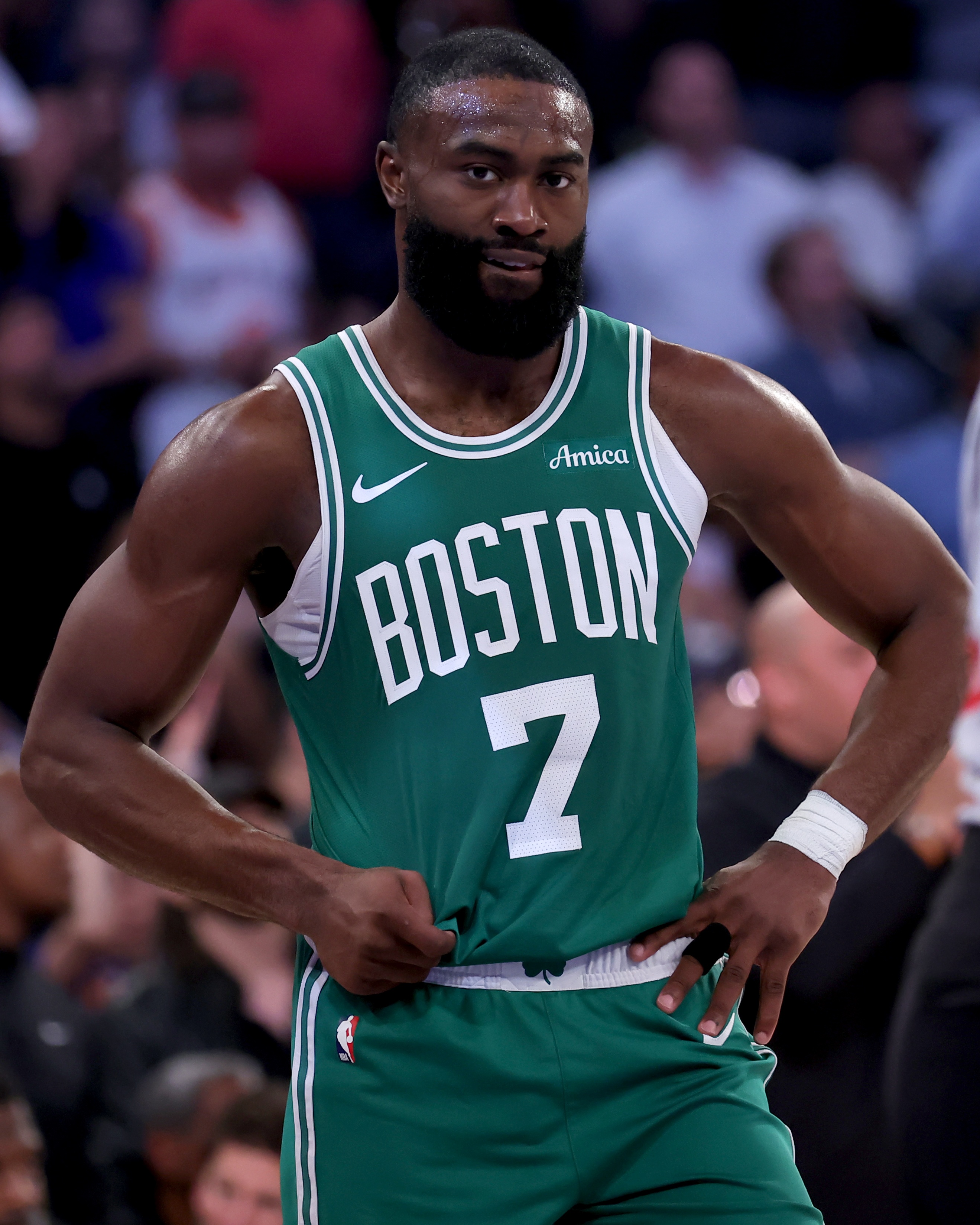
The fourth door: Transaction Jaylen Brown
We all know that this door will appear sooner or later. It is both terrifying and mysterious, just like the dark elevator in the movie "Life Cutting" [1]. The Celtics could run out of their assets to send off two highly paid veterans, or take more intense measures to start answering offers calls about Jaylen Brown.
[Translation Note 1] The elevator in the movie is a physical carrier for forced personality cutting. Each ride means that the employee's memory and self-cognition are ruthlessly deprived, symbolizing the company's ultimate control over individual consciousness.
Brown is a Celtic legend who helped the team welcome the Duck Boat Parade for the first time in nearly two decades [1]. But because the labor-capital agreement is designed to limit teams like the Celtics with expensive rosters, they will have to judge at some point whether the team can afford to pay Tatum and Brown more than $600 million in salary over the next four seasons.
[Translation Note 2] The Duck Boat Parade is an iconic championship celebration for Boston’s championship teams, including the Celtics, Red Sox, Patriots and Bruins.
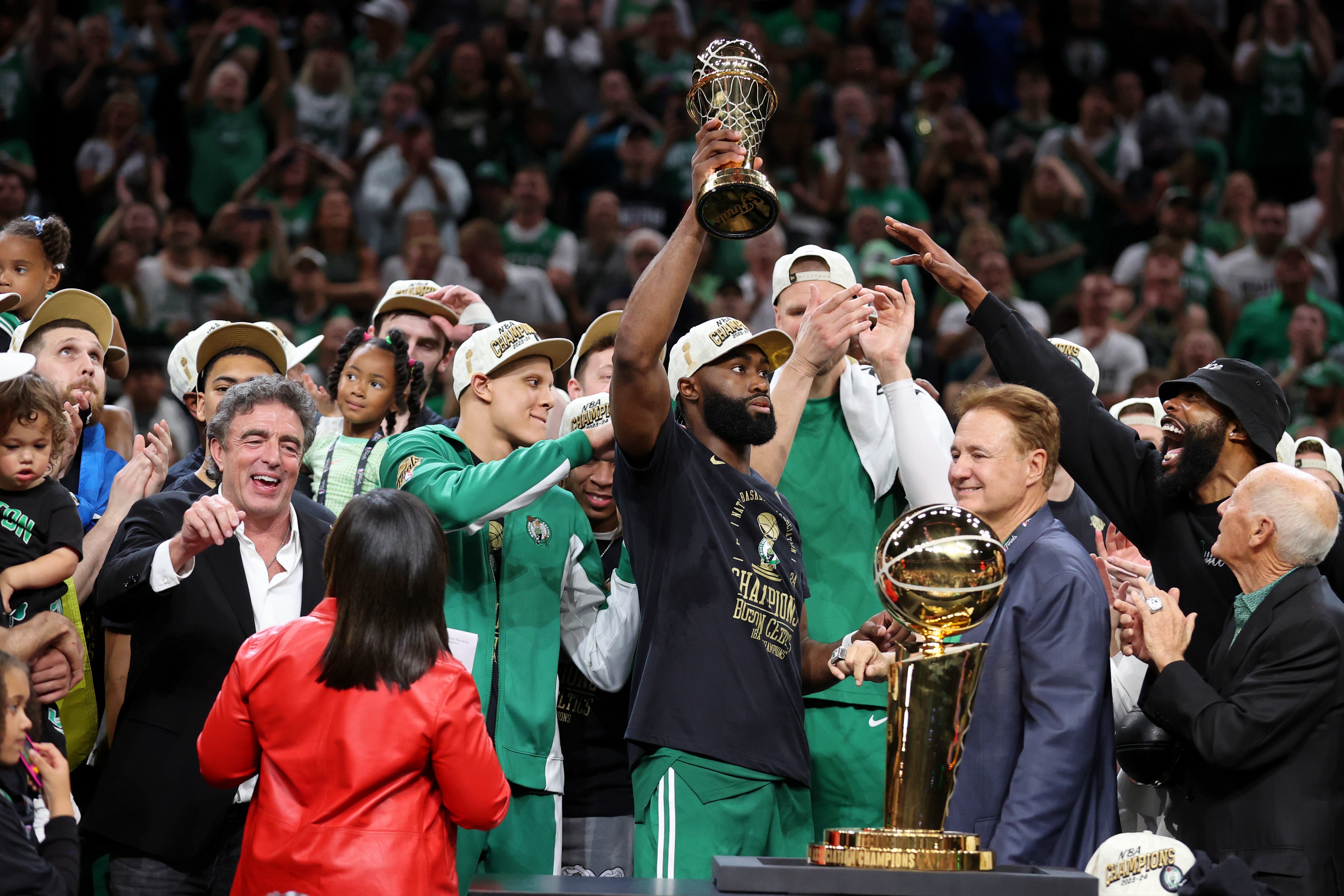
The defending finals MVP has performed poorly in the playoffs this season, but he remains the most valuable player in the Celtics except Tatum (he ranks 21st on The Ringer's latest top 100 players). The deal will save the Celtics more than $236 million over the next four seasons, including $53 million next season, in addition to some assets being exchanged.
But this is not an easy salary, and the Celtics must try to try to avoid the protection contracts in the trade to make the deal worth it.
The next home that comes to mind is the Brooklyn Nets, who are the only team with maximum salary space in this dull free agent market. The Celtics could propose a trade to the Nets in exchange for a series of draft picks. But the Celtics will also negotiate in a lack of competitors, which is not a good thing for gaining favorable negotiation conditions. To get enough rewards from the Nets that can trade one team’s cornerstone, the Celtics may need to find at least another buyer.
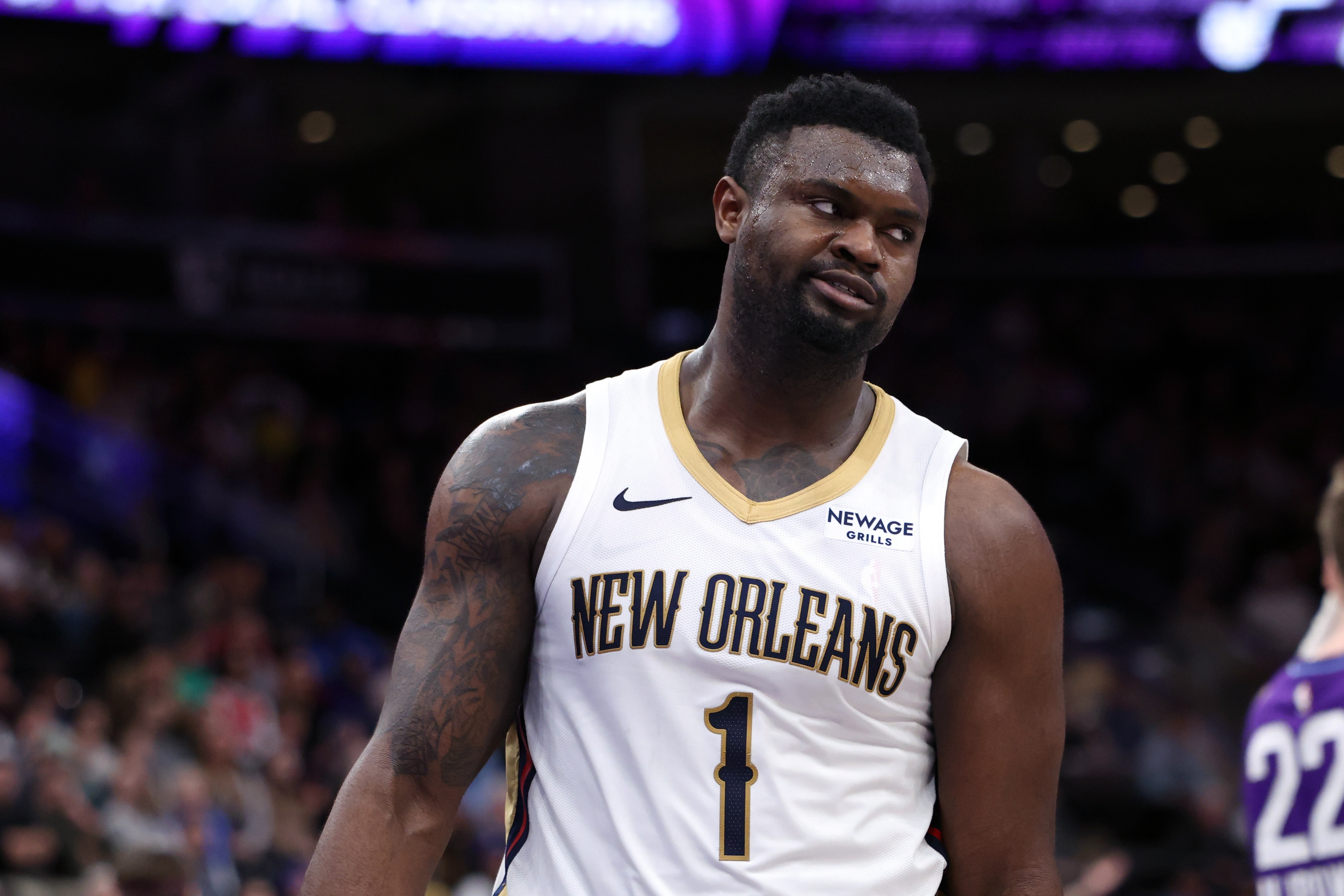
If no other team has cap space, the Celtics need to search for non-guarantee contracts that can be cut in the league to create the financial space they need. Unfortunately for the Celtics, most contracts in the league are fully guaranteed, and there are not many contracts that meet the conditions.
This leads to a recognized crazy choice: trade Brown to the New Orleans Pelicans for Zion Williamson, a Milwaukee Bucks’ 2026 draft pick swap, and the Pelicans’ 2029 first-round draft pick, and then cut Williamson before the July 16 guarantee date.
If this sounds like you to feel crazy, then it really should! It's crazy to trade a team's cornerstone player for a polarized player like Williamson and then cut him off. But deep down I couldn't help but think that this might be crazy enough but also works enough.
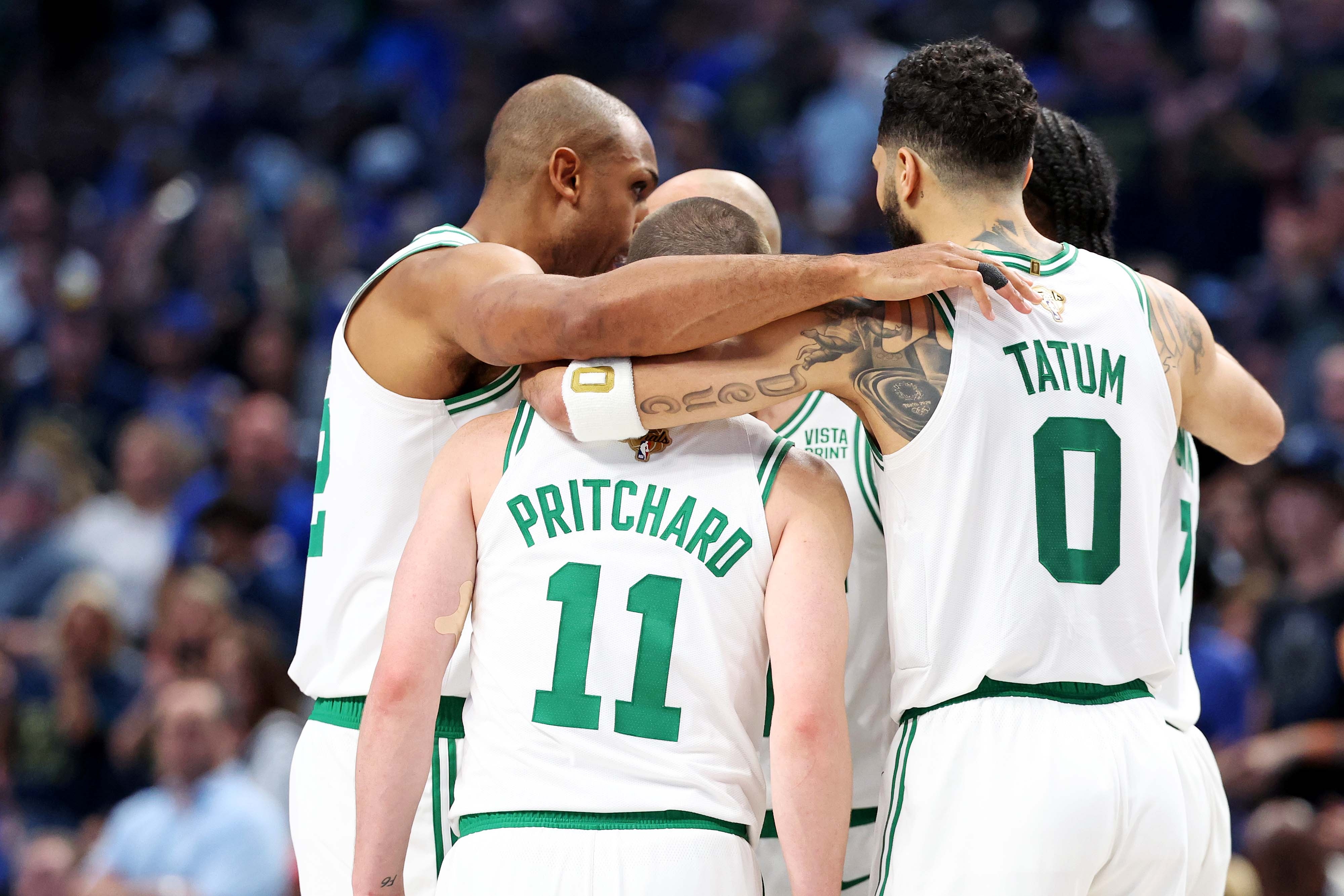
The deal will save the Celtics the full amount of the Brownian contract, lower their salary below the luxury tax line, and provide the team with valuable assets to restructure the roster.
The Celtics' 2025-26 season will be ugly. For most of the time, viewers will see White and Prichard show their skills while waiting for Porzingis's contract to expire. Loses will follow, but the Celtics have control over their 2026 draft picks and may have the right to swap draft picks with a Bucks who may play a full season without Giannis Antetokounmpo. Any of these two draft picks could be in the top 10 picks in the highly anticipated 2026 draft and become a valuable trading asset.
Fast forward a year, and the Celtics can enter the 2026-27 season with Tatum, White, Holiday, Pritchard and the assets needed to reopen the multi-year championship window.
Stevens cleverly constructed a championship-winning roster, and now he faces the challenge of breaking it up while keeping the Celtics’ long-term hopes for the championship. There is no perfect choice, but that's the case when your star player encounters one of the most devastating injuries in the sports world.
Pick a door and walk in.
Author: Wes Goldberg
Translator: GWayNe

